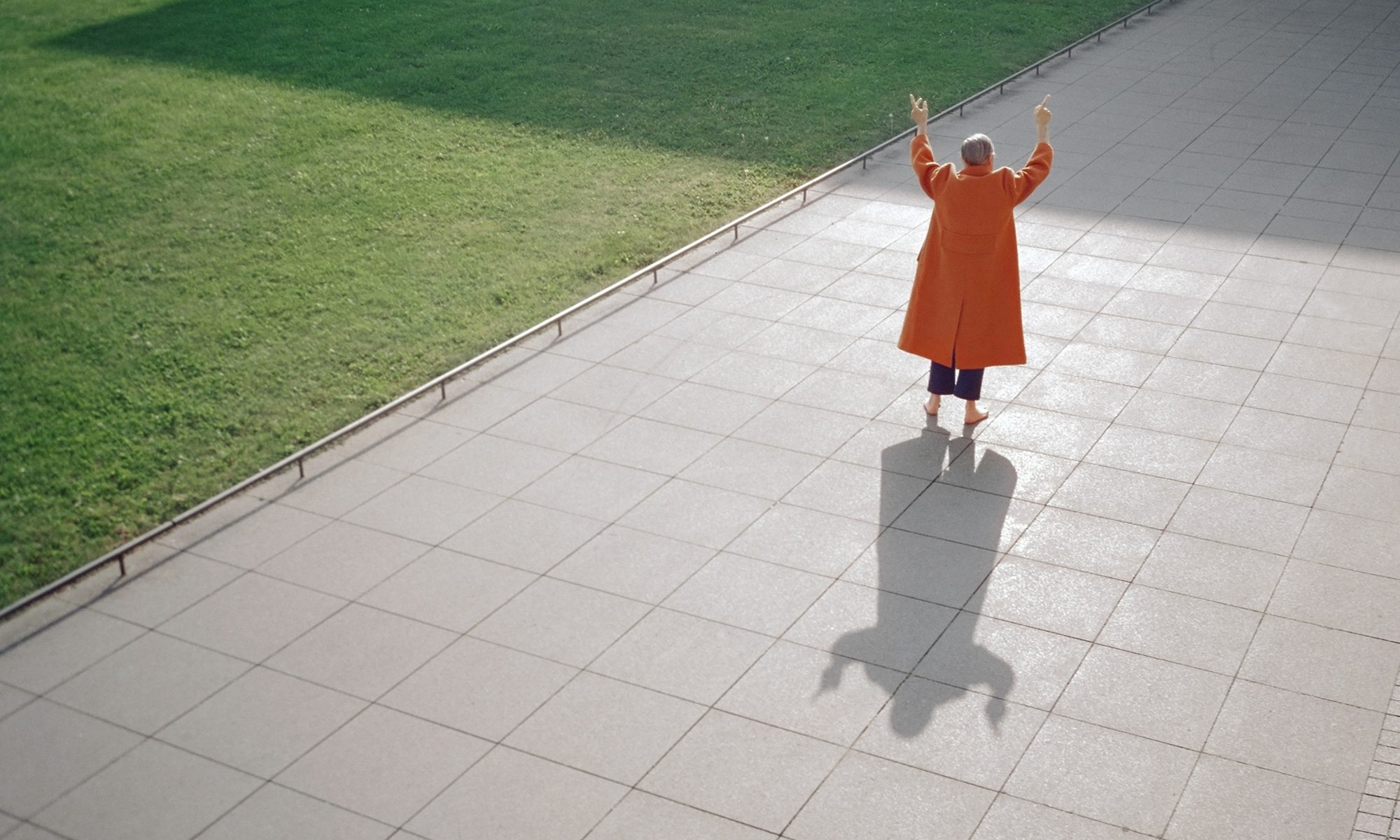Marcus Watz describes generative art as using systems as the computational mode of creativity, thus relying on chance and logic to create a work. It does not constitute an art movement as generative art describes a common strategy for how works are produced through methodology. Unlike interactive art which exploits the feedback loop of interaction between the system and user, generative art focuses on closed systems and self constructs investigated for their formal and material qualities. This aspect makes generative art more closely related to traditions of drawing and painting than to the relational aesthetics of media art. Inspiration is often drawn from nature as it is myriad of systems beyond human control, and we synthesise these systems and behaviours through computers. Generative art thus typically involves organic and mechanical forms.
Despite generative art being a seemingly new concept due to its computerised tendencies, its core concept of studying and synthesising rules and systems is the very basis of human culture. Fujimoto Yukio, an artist that plays with sound objects in his artworks, states that the mind tends to connect unrelated pieces together to make meaning out of them. This is evident in astrology where celestial objects are studied in relative positions to relate human affairs with terrestrial events. Humans invented constellations to make meaning out of random stars. The ability to compose music is also done through this method of connecting unrelated and random notes to each other to create a piece, as the human brain feels the need to make these connections and make sense of them. The patterns that our brain synthesise differ from person to person, perhaps making our brain the most fundamental generator.
It is interesting to note that though computer functions are often utilised in generative art, that it is still susceptible to human error and bias. Since computers and machines are made by humans, perhaps even computerised functions can be considered organic.
